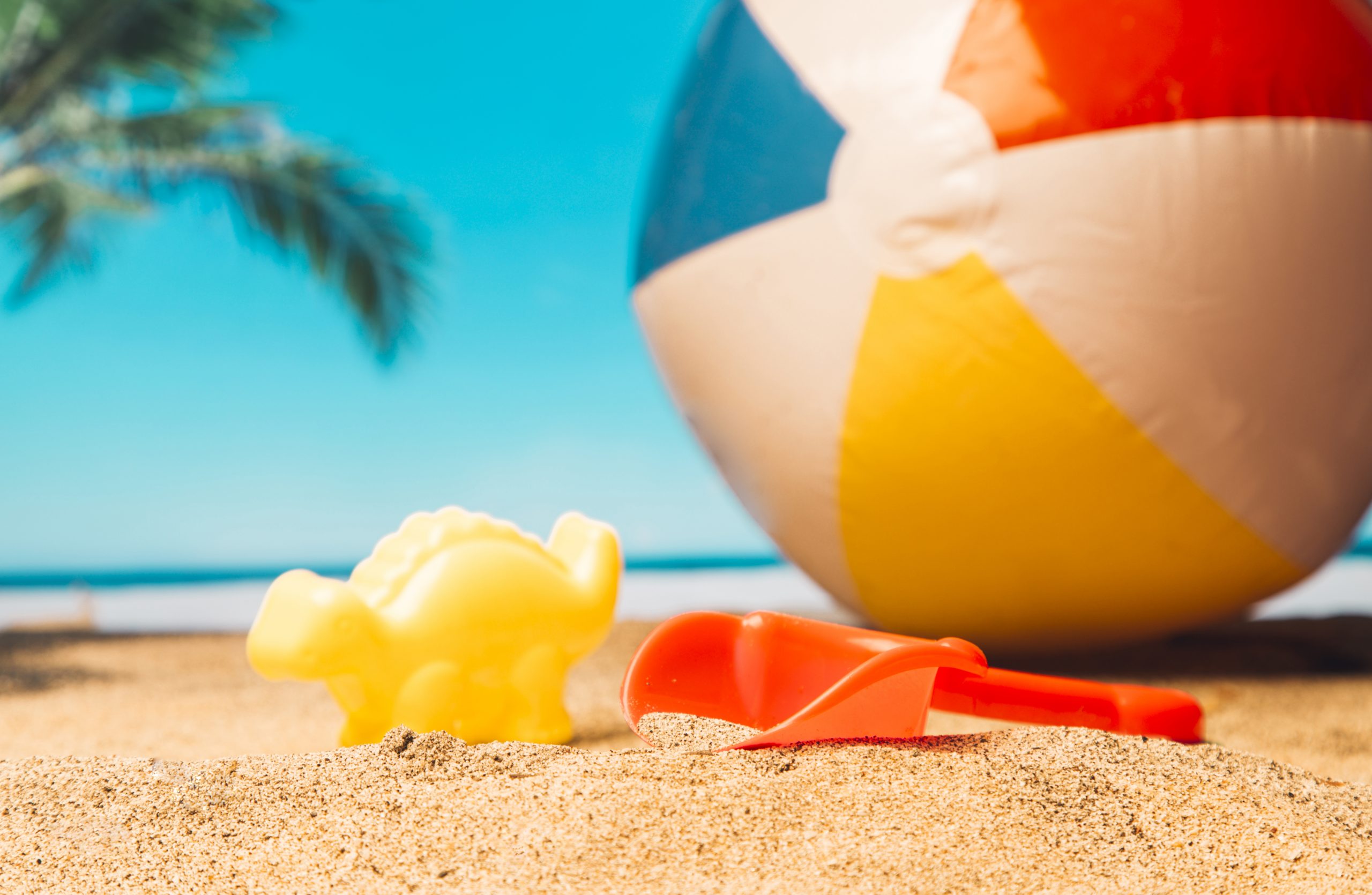Why Wood?
Many people ask us why we have chosen to work with wood as a material for toys. Their main criticism is that it is hard to play with for toddlers and is not environmentally friendly as trees must be cut down to make them. Both their points are valid if you consider them literally. In this blog, I will focus on how it is safe for the environment. Comparing a life cycle assessment of sophisticated plastic would prove wooden toys as an eco-friendlier alternative.
Around 90% of the toys in Pakistan get imported from China alone every year. Most of these toys include are those made from cheap plastic so that more parents can afford to purchase them for their kids. These toys last a few days in homes. Their broken pieces become part of landfills or oceans, destined to stay there for thousands of years and harm the soil and marine life. According to UNDP, Pakistan alone produces 3.3million tons of plastic waste per year, equivalent to two K2s[1]. Imagine the social, environmental, and financial burden of the useless plastic toys we let our next generation use.
These inexpensive toys from China have closed the sustainable and traditional toy industry that made beautiful toys in clay, metal, and wood. These artisans have now looked for other avenues of income. I will talk about the death of our small-cottage industry sometime later. With a lack of data and research in this sector in Pakistan, it is hard to convince the public and the policymakers about the severity of the situation in the country.
Wood is one of the renewable sources, and countries have established a whole sustainable industry on it. Wood as a renewable source means that a certain number of trees are grown every year to replace the trees cut down. So, if the wood used for the toys is resourced from sustainable sources, it is entirely safe for the environment.
Internationally, the sustainable woods get the Forest Stewardship Council (FSC) certification, which means it has been cut from a sustainable forest. Unfortunately, none of the forests in Pakistan have received this certification. Even projects like UNDP Sustainable Forest Management Pakistan and the oldest manmade forest Changa Manga have not considered this certification yet. Hence, in Pakistan, only certain imported varieties of wood from some regions have this certification.
Compared to plastics, when buying wooden toys, you have to confirm and check if the wood they have used for manufacturing has been resourced from sustainable means or not. Follow this one step, and you will not be leaving a significant impact on the environment due to your life choices.




Leave a Reply